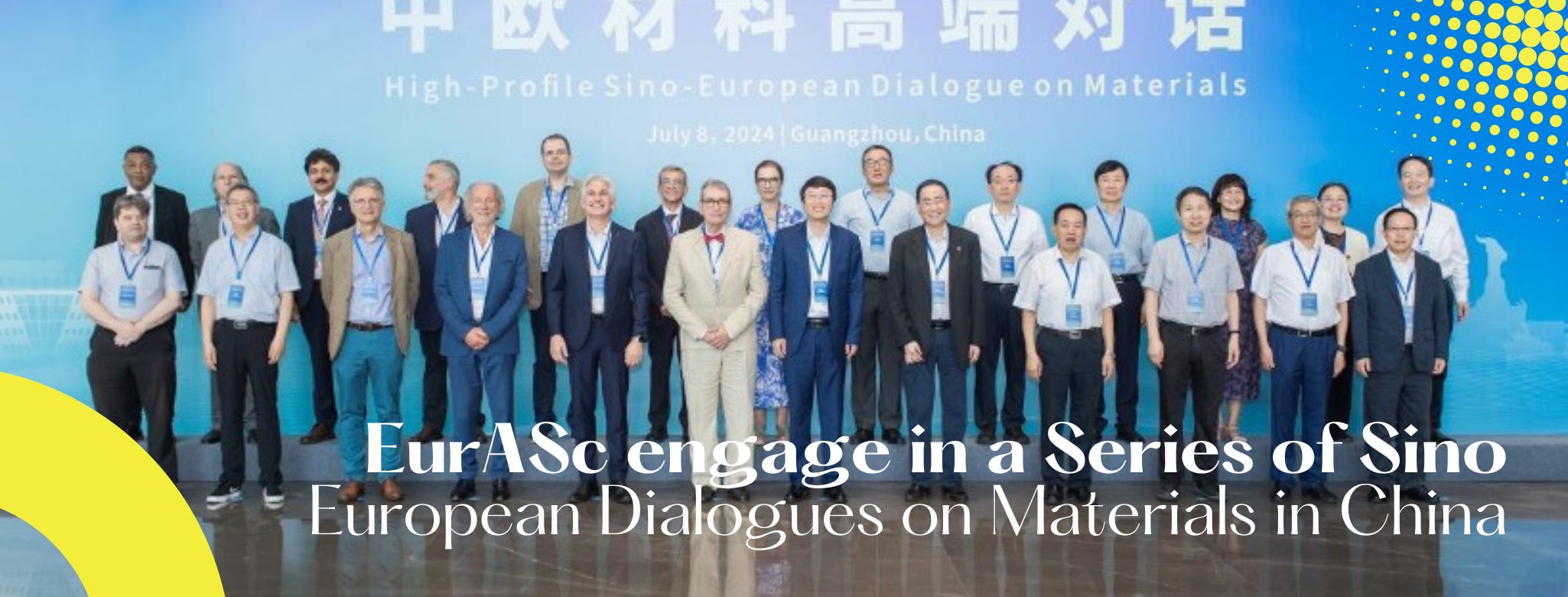
On July 8th, 2024, nine esteemed members of the European Academy of Sciences (EurASc) from various European countries, including Rodrigo Martins (President), Philippe Dubois, Elvira Fortunato, Giuseppe Lacidogna (Head of Engineering Division), Federico Rosei (Head of Materials Science Division), Dimitrios Angelis, Luigi Ambrosio, Sanjay Mathur, and Guo-Hua Hu, visited the state-of-the-art international campus of South China University of Technology (SCUT) in Guangzhou, China. This visit marked a significant milestone in academic exchange.
In the afternoon, these distinguished scientists participated in a prestigious Sino-European symposium on materials science, hosted on the SCUT international campus. The event also welcomed the presence of four additional European specialists and nine distinguished academicians from the Chinese Academy of Sciences (CAS) and the Chinese Academy of Engineering (CAE). Among them was Professor Liqun Zhang, the President of SCUT and an academician of the Chinese Academy of Engineering and Fellow of the EurASc.
On July 9th and 10th, they served as co-chairs of four Sino-European sessions at the World Materials Conference in Guangzhou, an event organized bu C-MRS, and also delivered keynote presentations.
Subsequently, eight EurASc fellows proceeded to Chengdu to visit the National Engineering Research Center for Eco-friendly Materials and the National Engineering Research Center for Biomaterials of Sichuan University. On July 12th, Professor Philippe Dubois, a distinguished fellow of EurASc, was appointed as an honorary professor of Sichuan University. This event was immediately followed by a conference on sustainable development and recycling of materials, chaired by Professor Yuzhong Wang, an academician of the Chinese Academy of Engineering.
These dialogues were not only enlightening but also underscored the pivotal role of Sino-European collaboration in addressing critical global challenges through advancements in materials science. The interactions highlighted the mutual commitment to fostering innovative solutions and deepening ties between the scientific communities of both regions.



